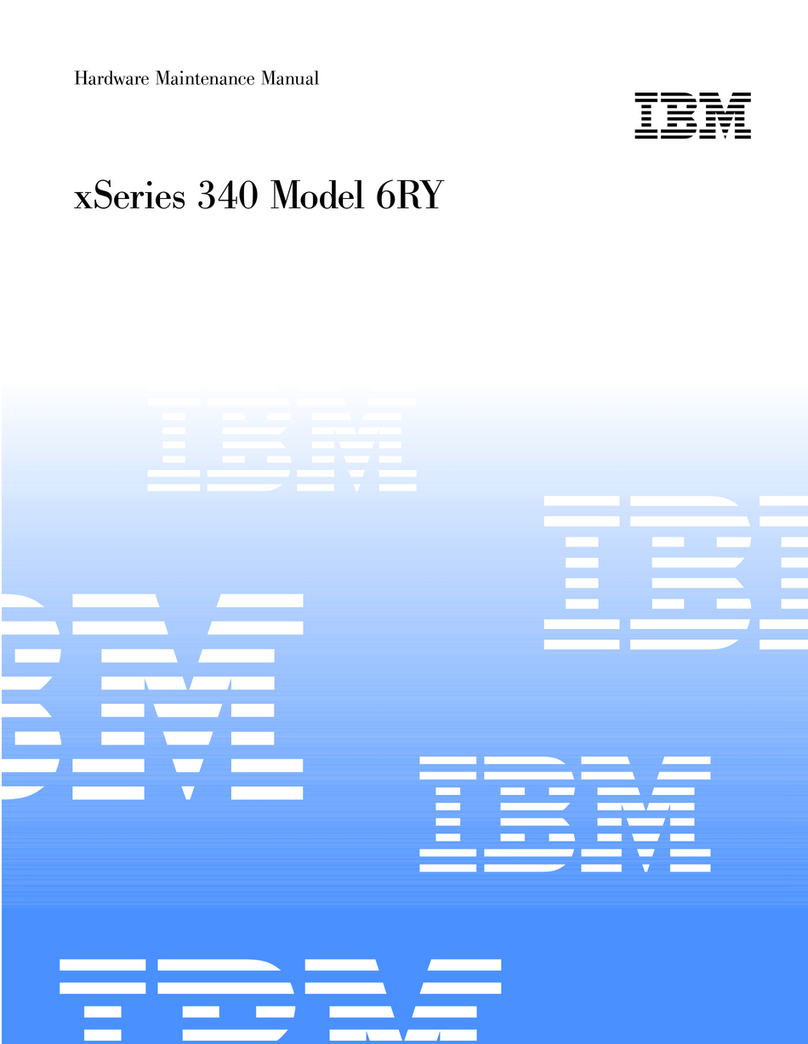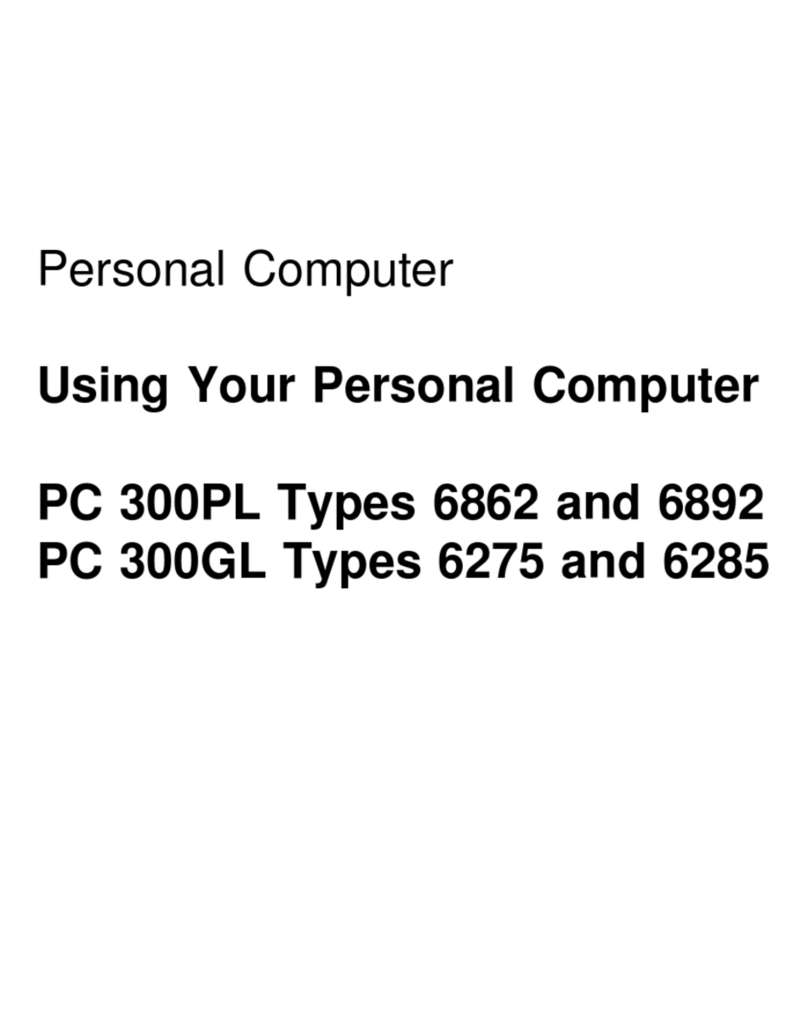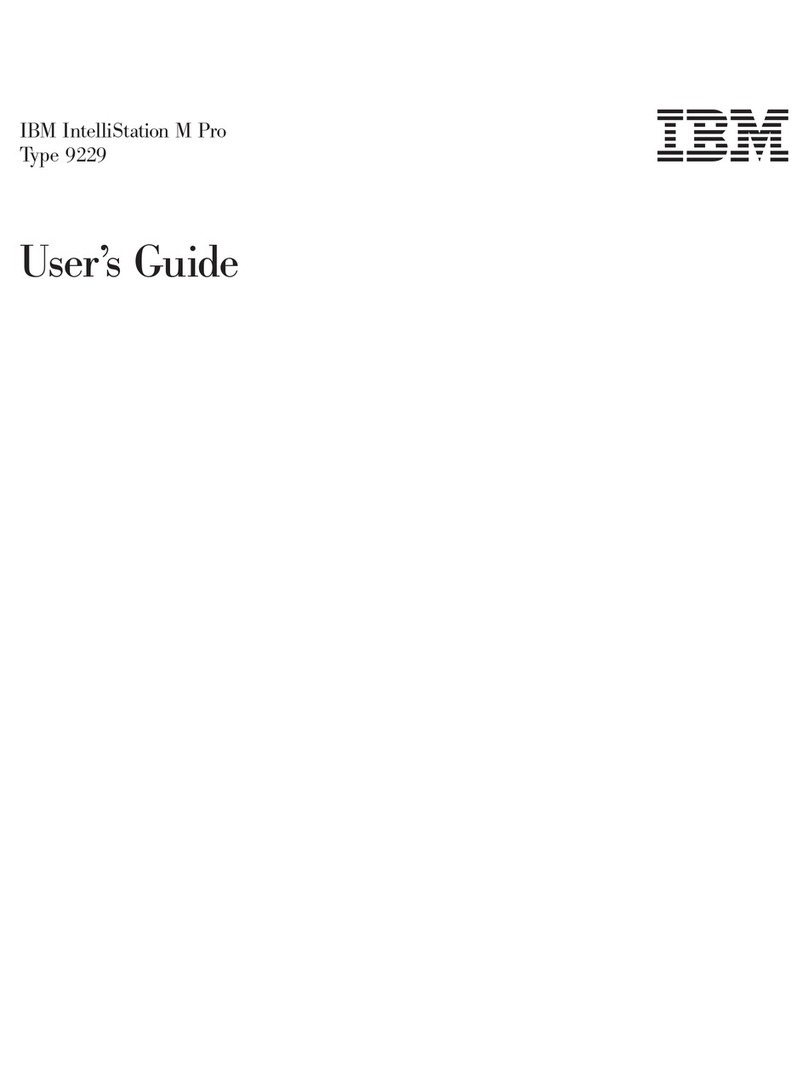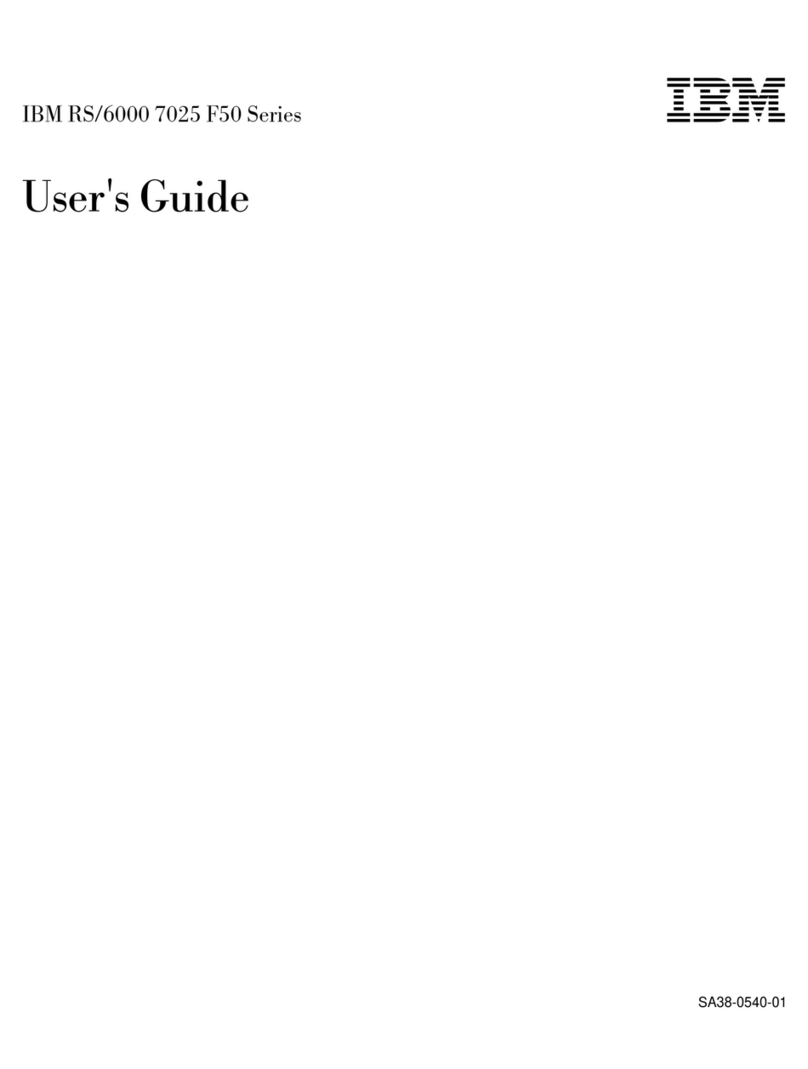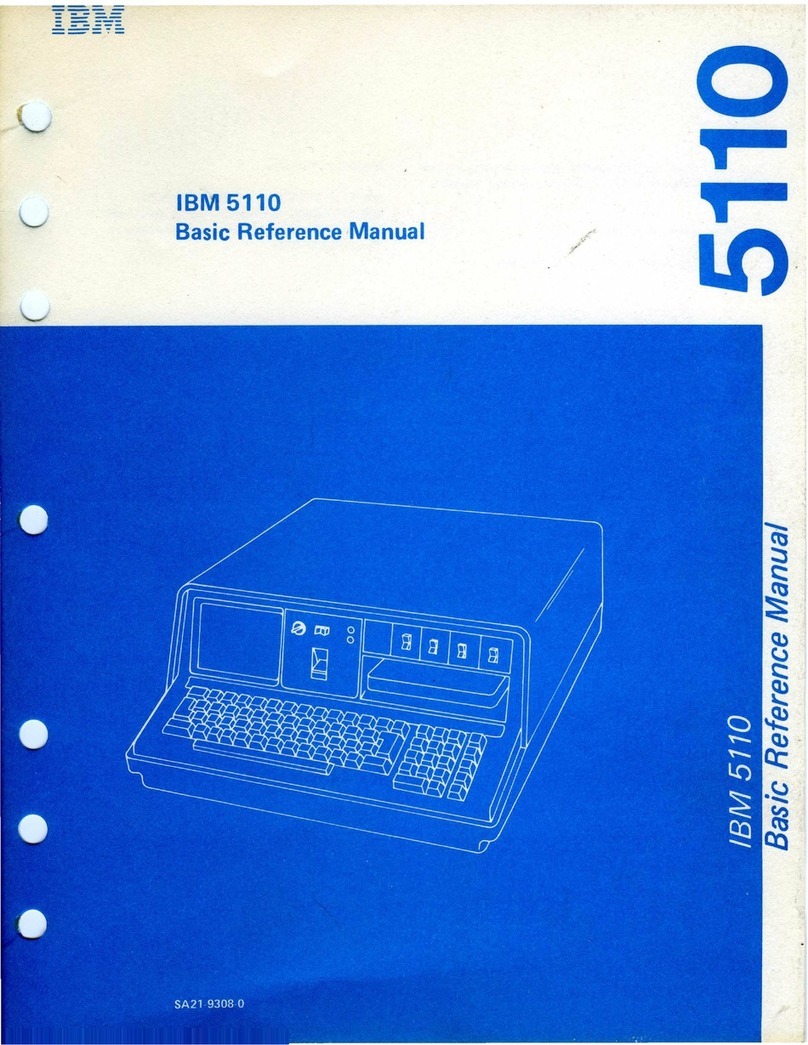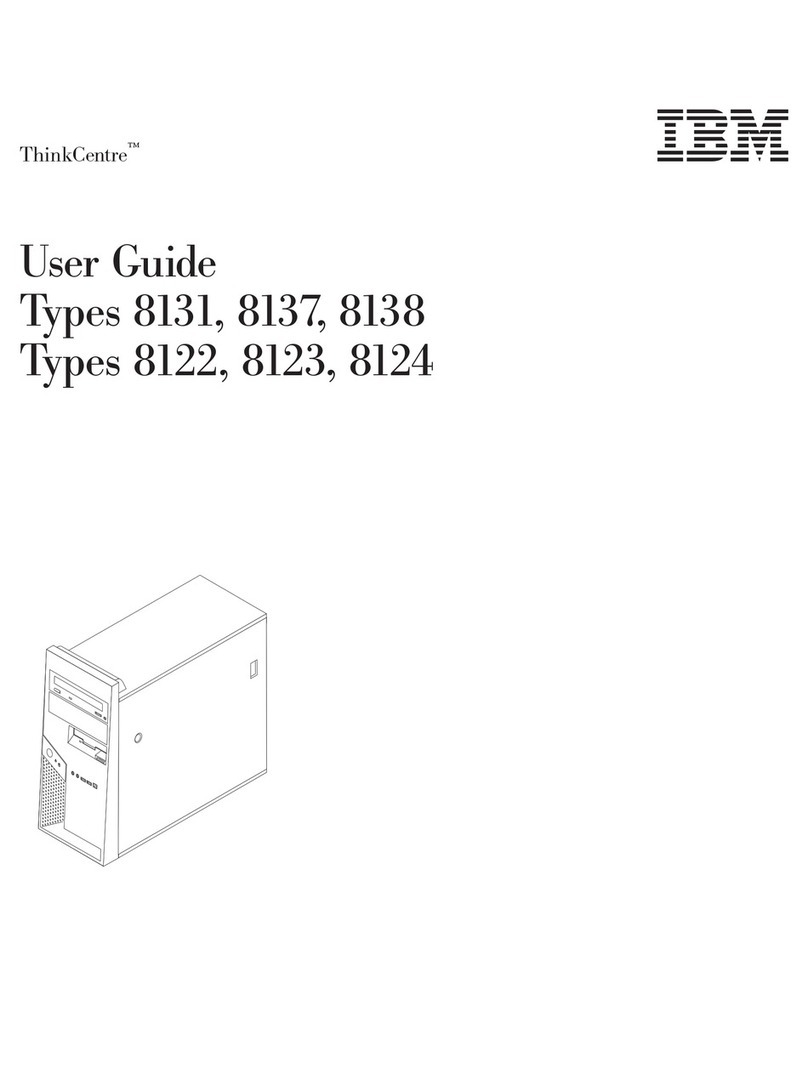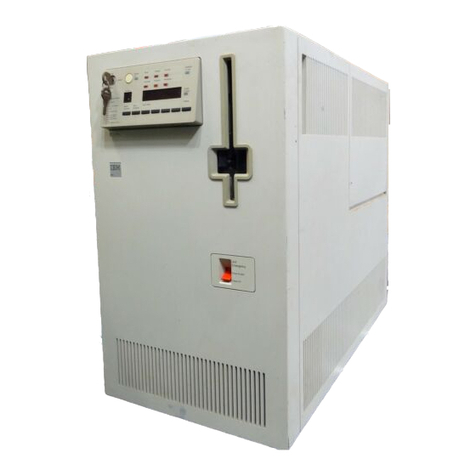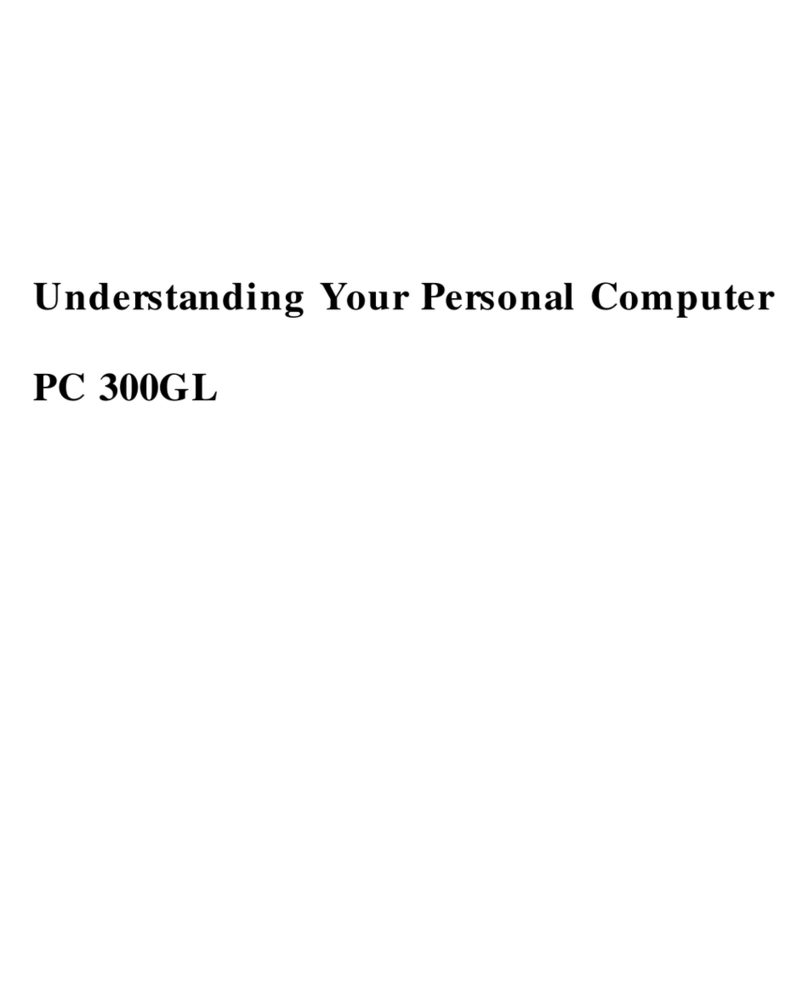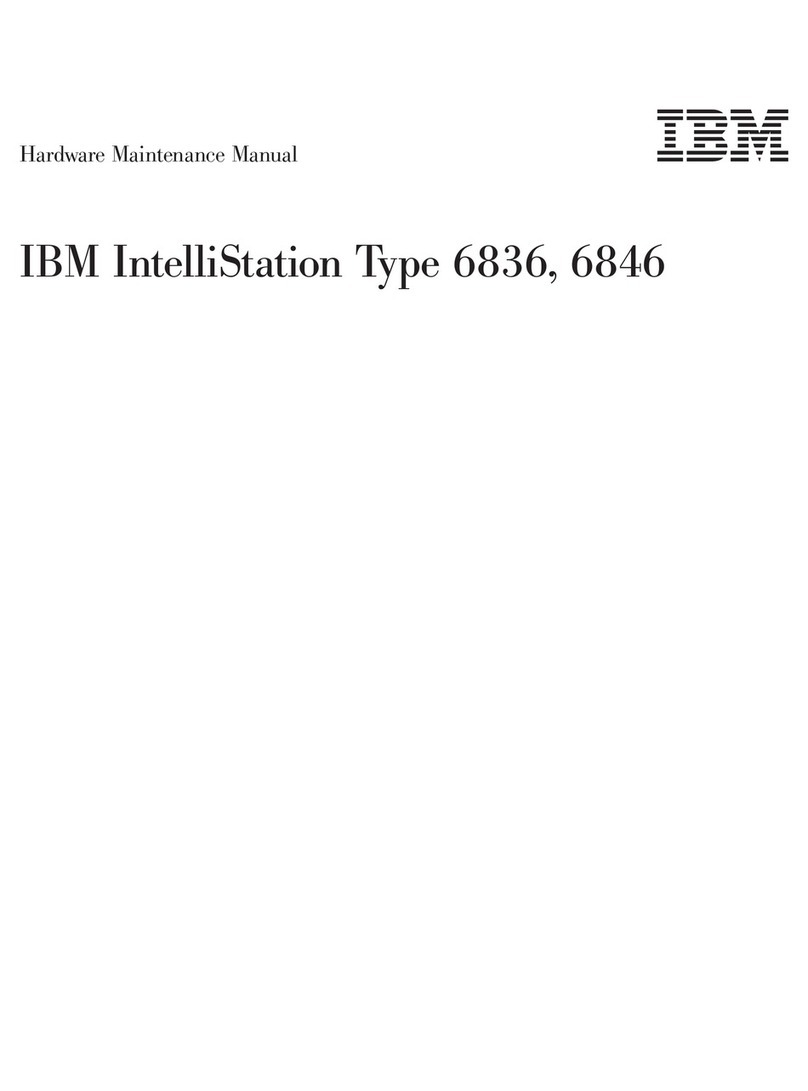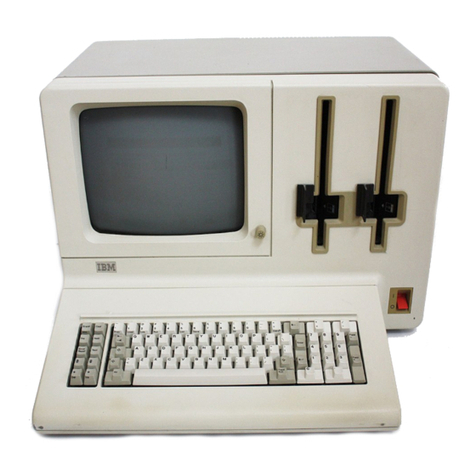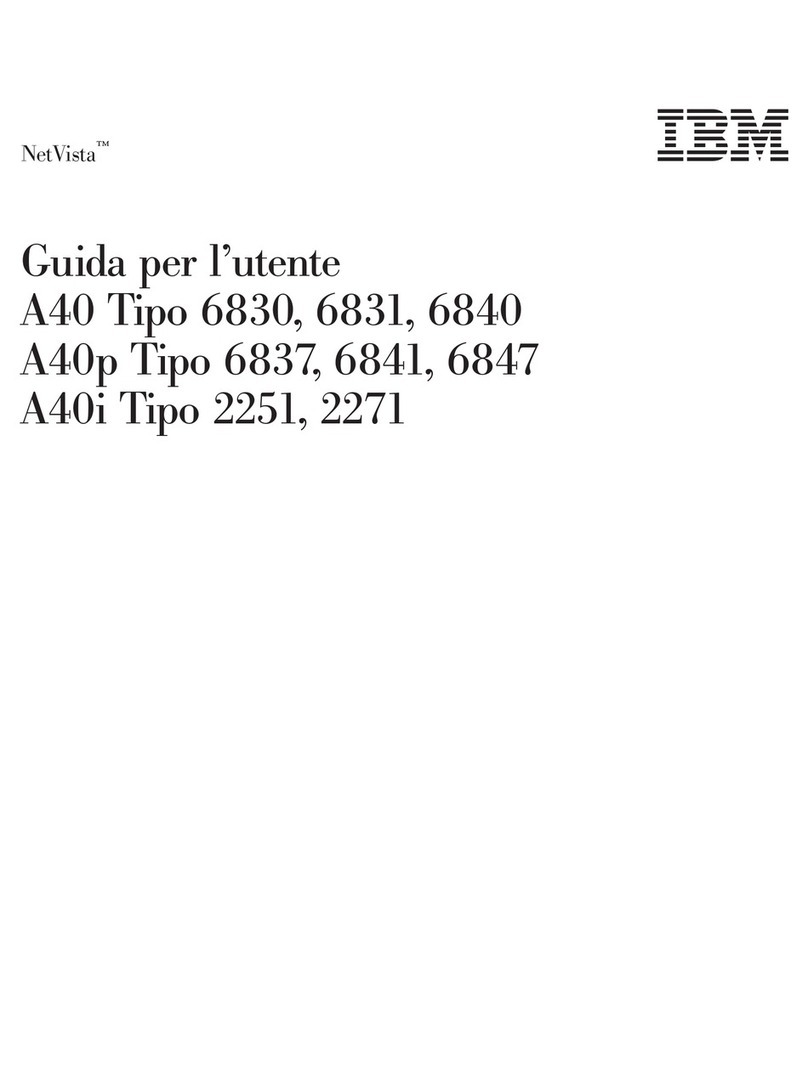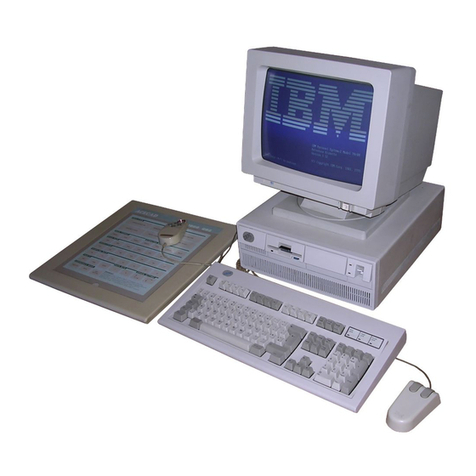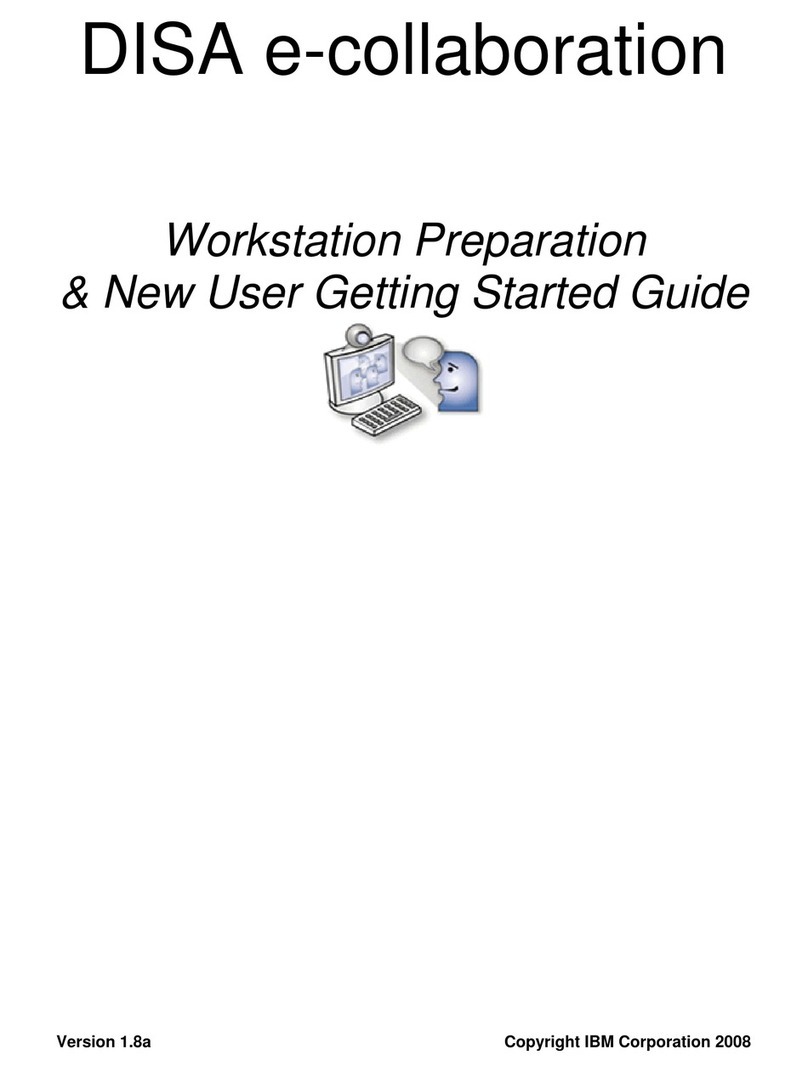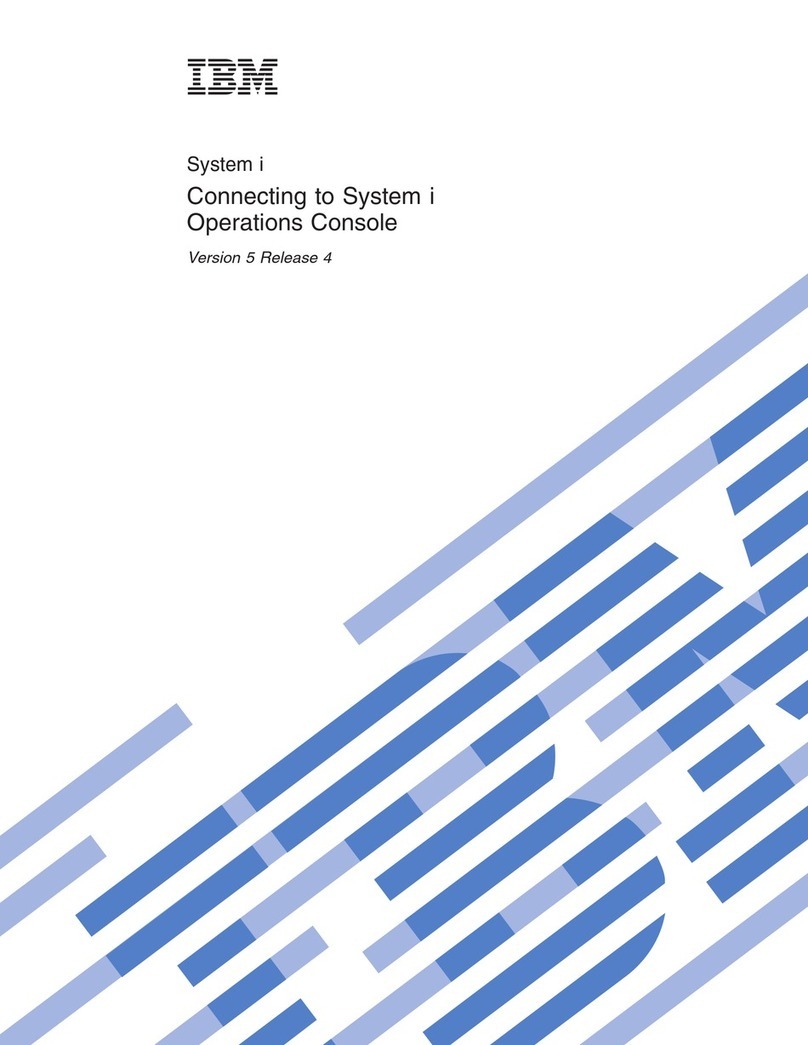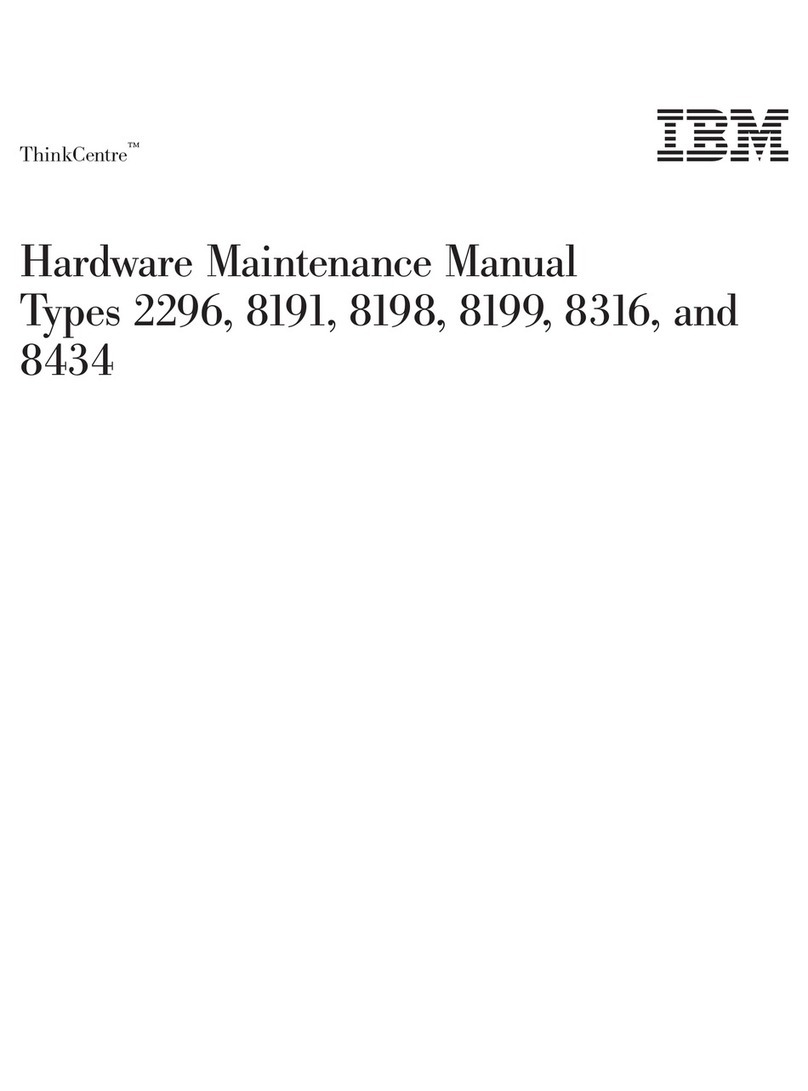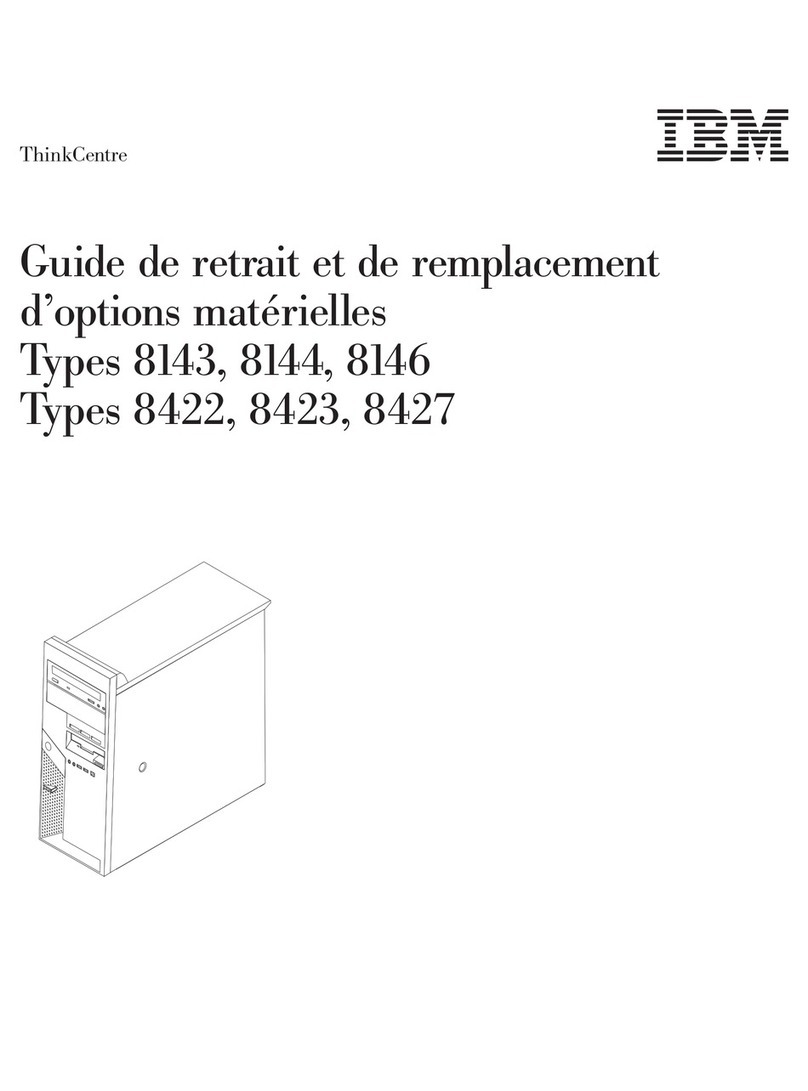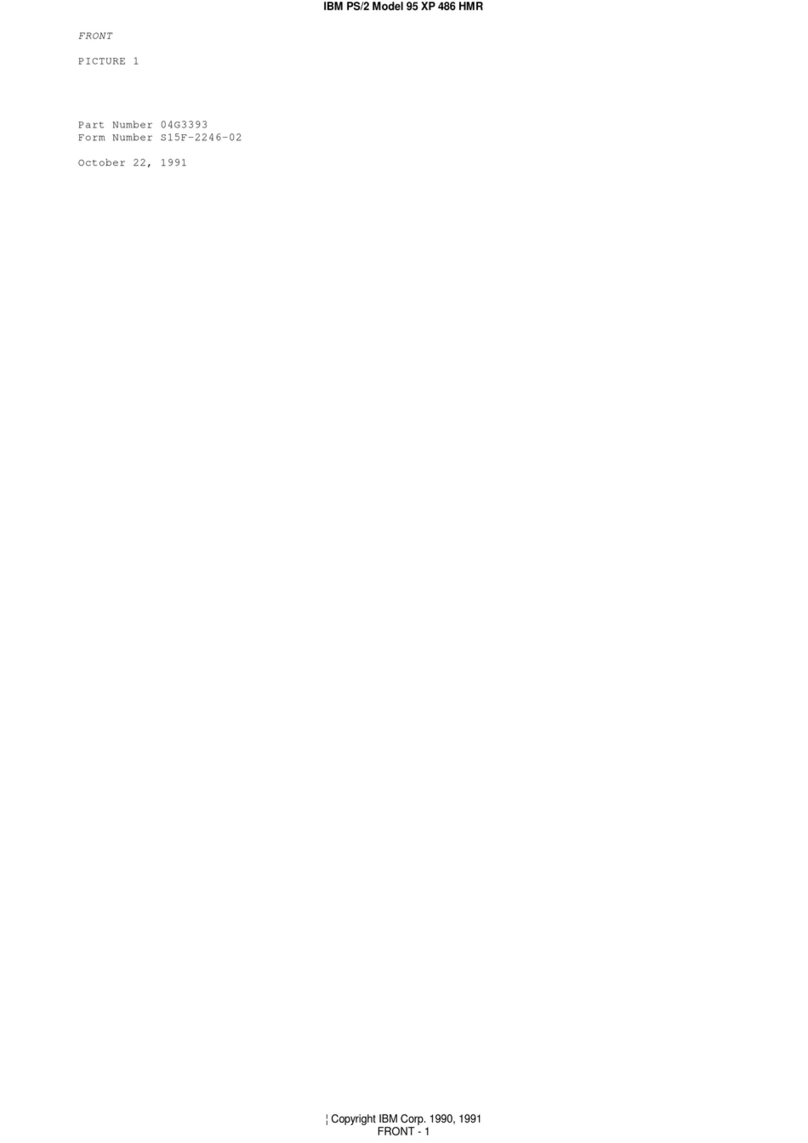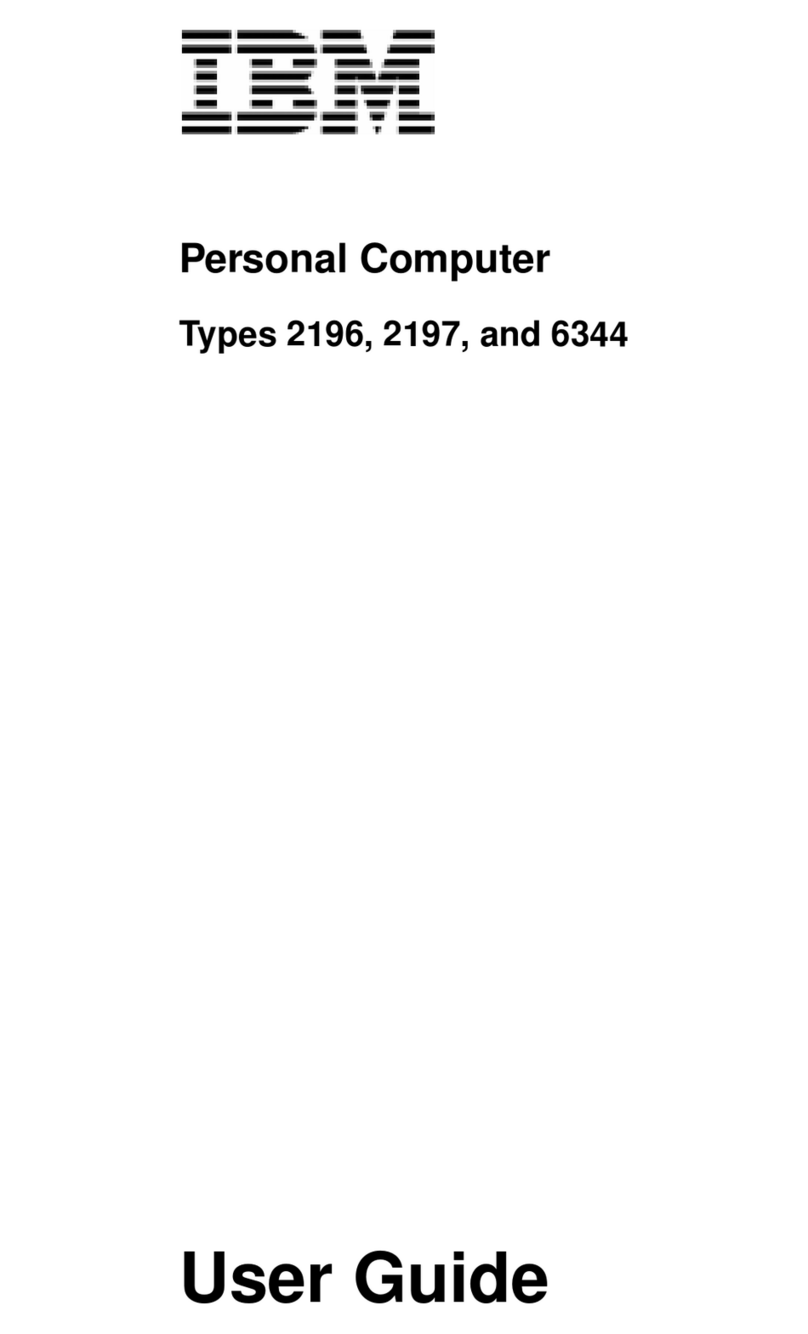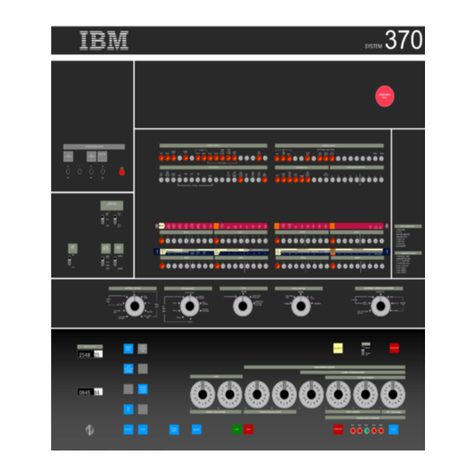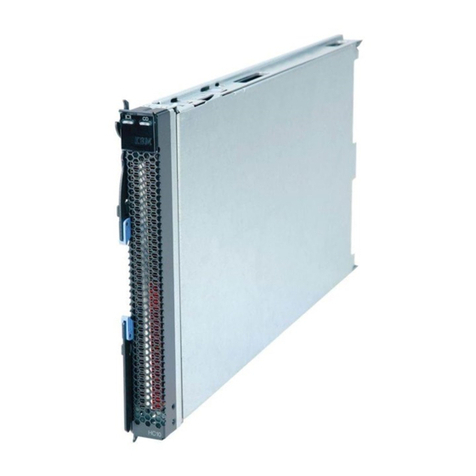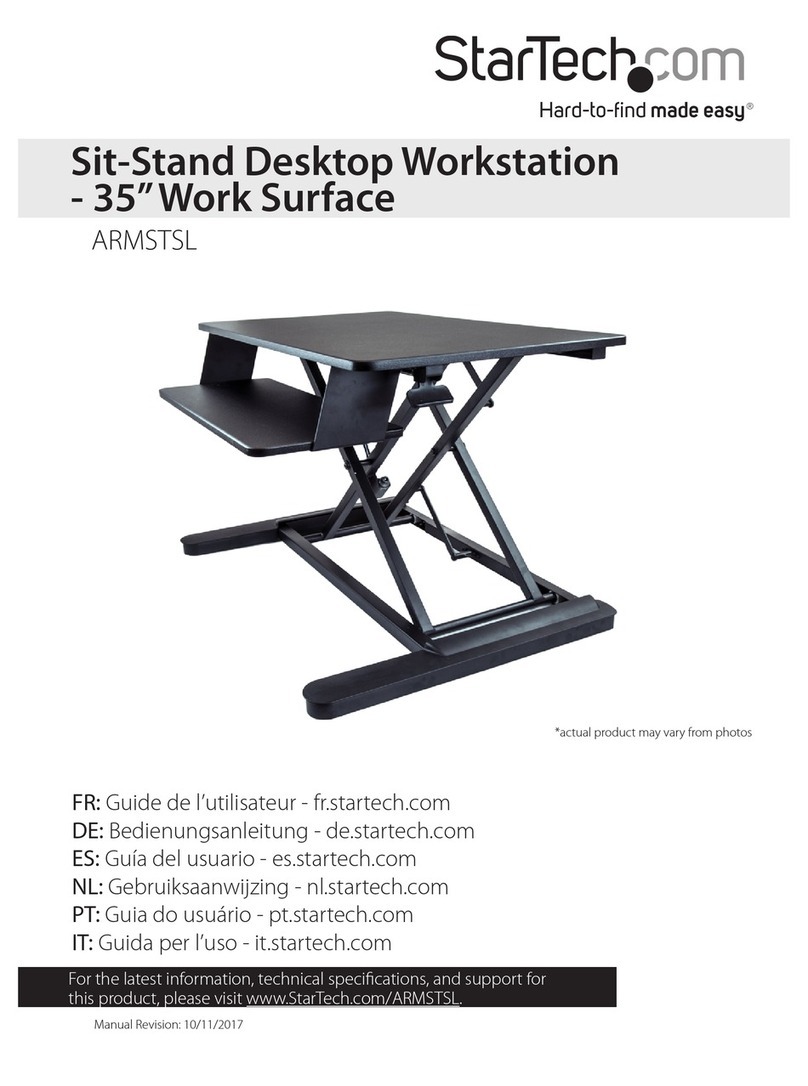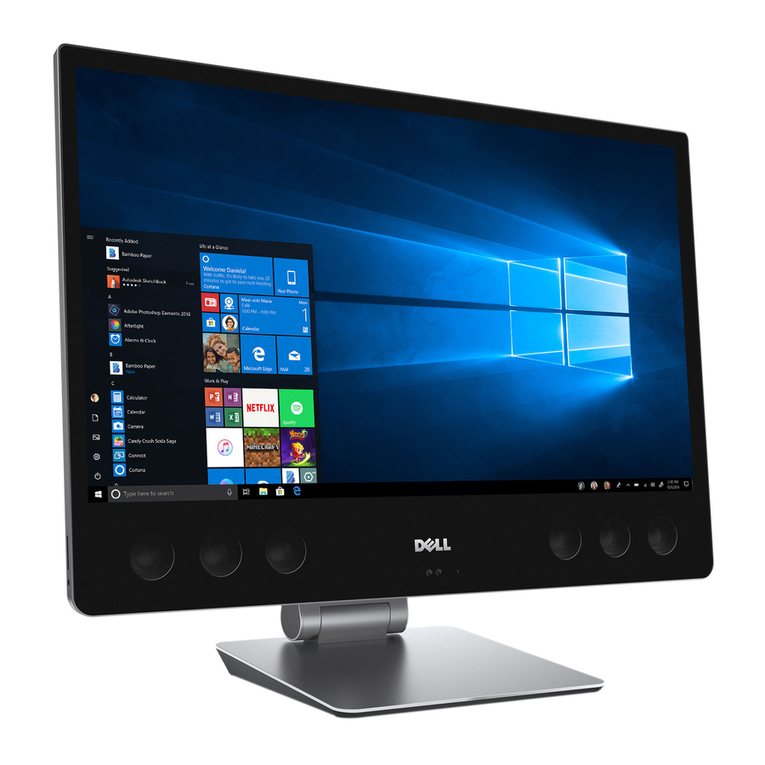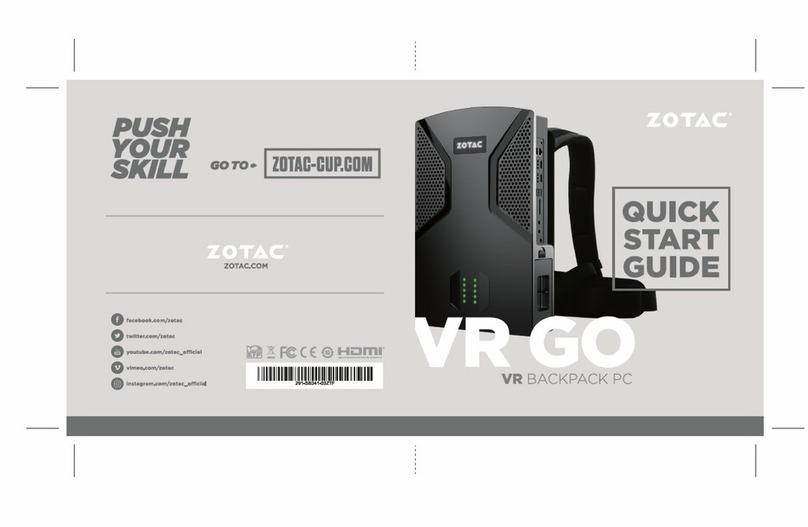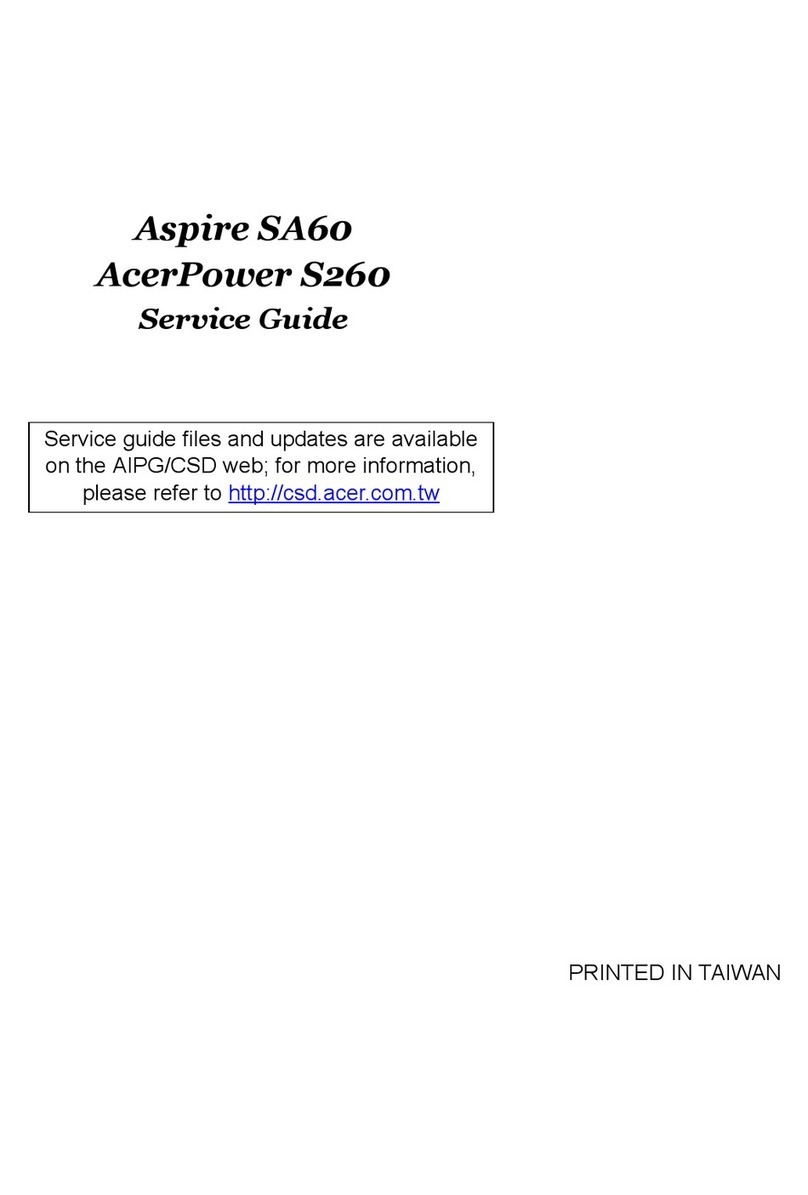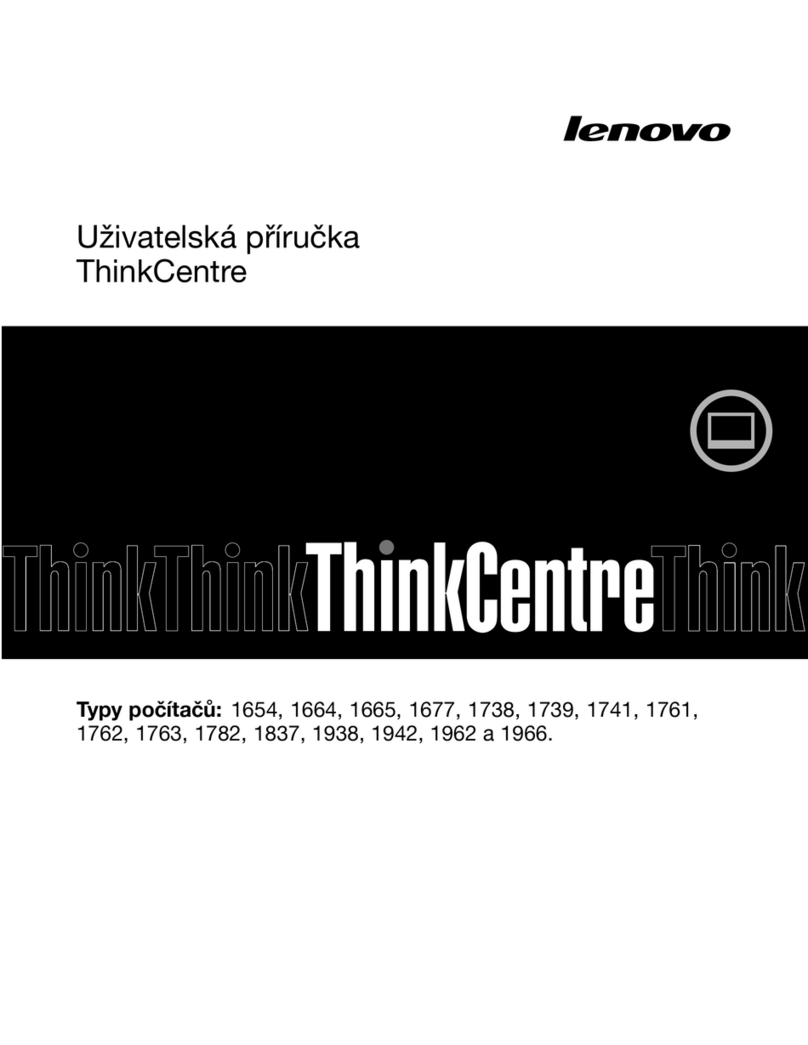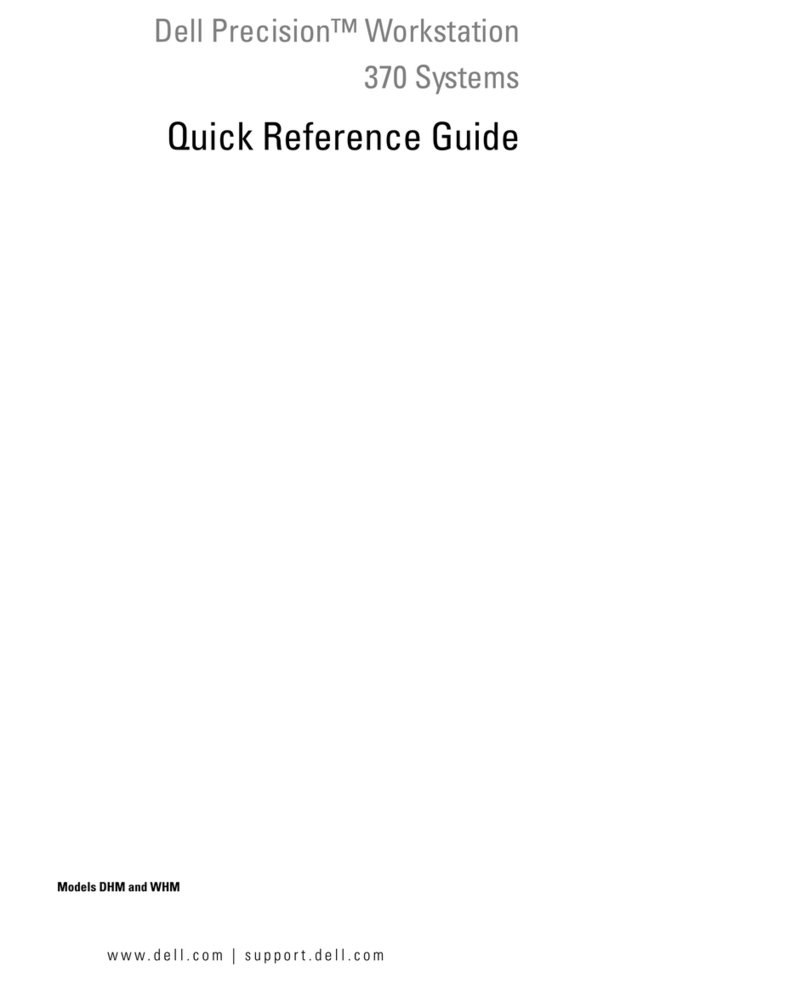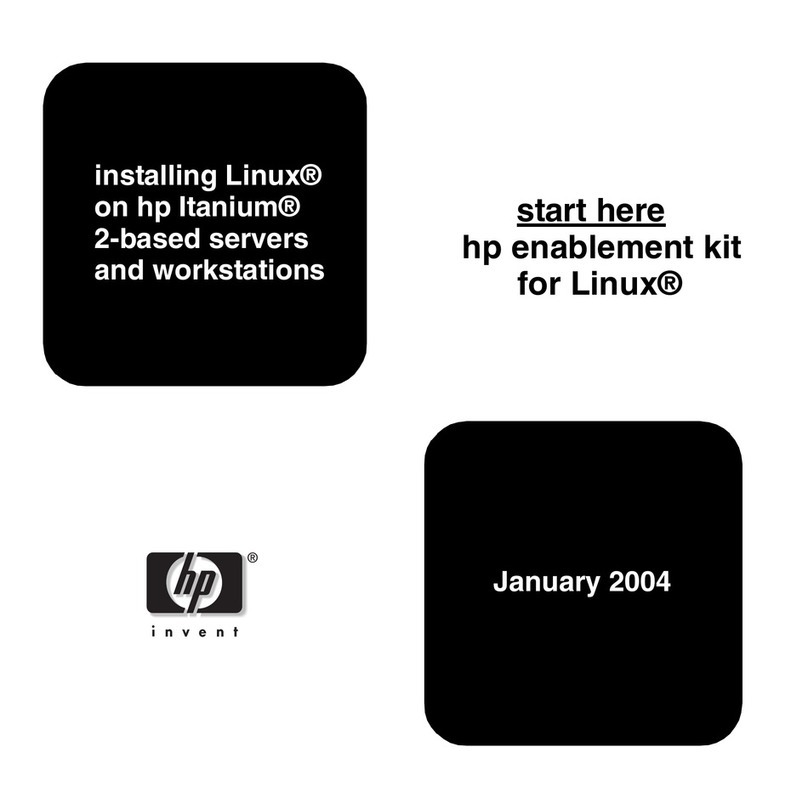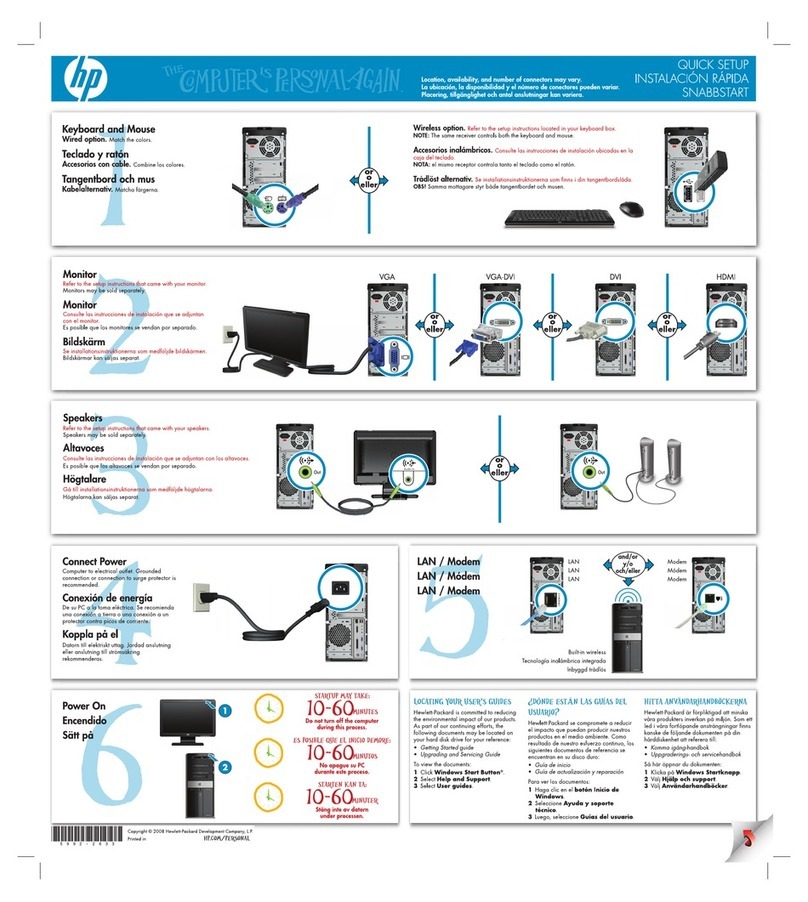
Third Edition (August 1972)
This
is
a major revision obsoleting GC20-1734-1. Text has been added or changed to in-
clude information about the following: EC mode; dynamic address translation; channel
indirect data addressing; program event recording;
CPU
timer and clock comparator; new
System/370 instructions; store status facility; integrated storage control for 3330-series
disk storage; 3830 Storage Control Model 2; virtual storage concepts, advantages,
terminology, and performance factors; DOS/VS, OS/VS1, and OS/VS2 support
of
Model 145 hardware features;
DOS
Version 4 support; and miscellaneous additions and
corrections. Changes to the
text
and illustrations are denoted by the vertical line to the
left
of
the change. In addition, this publication
is
now structured as a base publication
for which optional programming systems supplements describing virtual storage operating
systems can be ordered.
This guide
is
intended for planning purposes only.
It
will be updated from time to time;
however, the reader should remember
that
the authoritative sources
of
system informa-
tion are the system library publications for the Model 145, its associated components and
its programming support. These pUblications will first reflect any changes.
Requests for copies
of
IBM
publications should be made to your
IBM
representative or to
the
IBM
branch office serving your locality.
A form has been provided
at
the back
of
this publication for readers' comments.
If
this
form has been removed, address comments to:
IBM
Corporation, Technical Publications
Department, 1133 Westchester Avenue, White Plains, New York 10604. Comments become
the property
of
IBM.
© Copyright International Business Machines Corporation 1970, 1971, 1972
